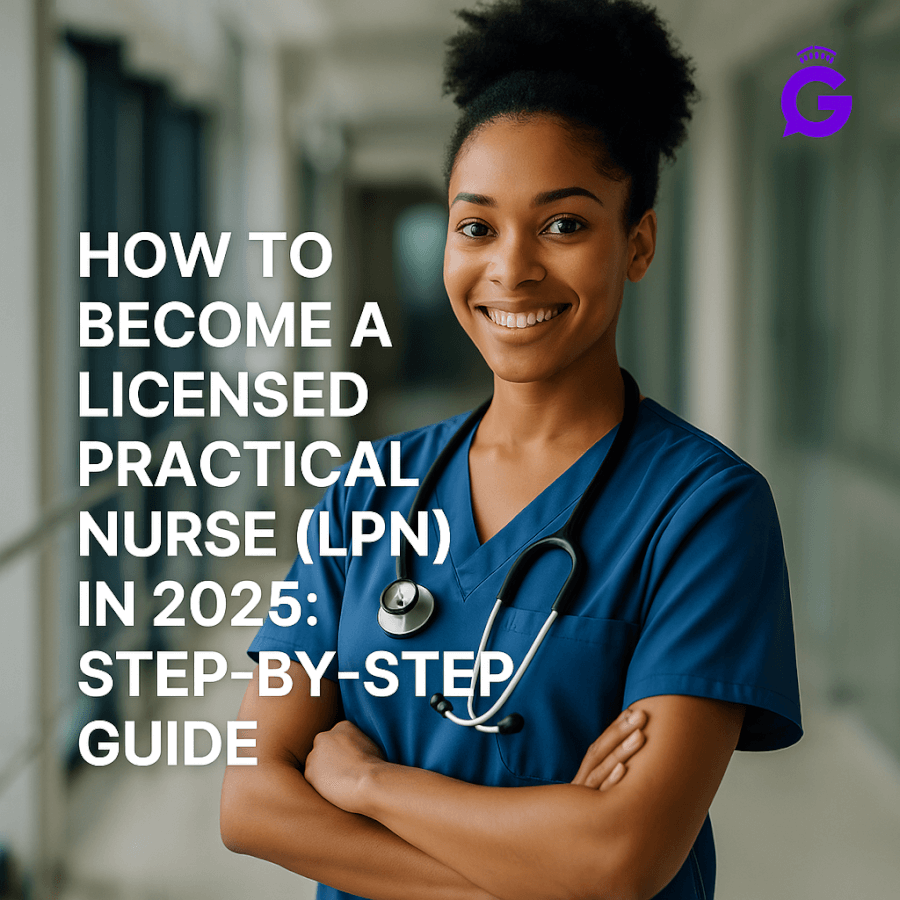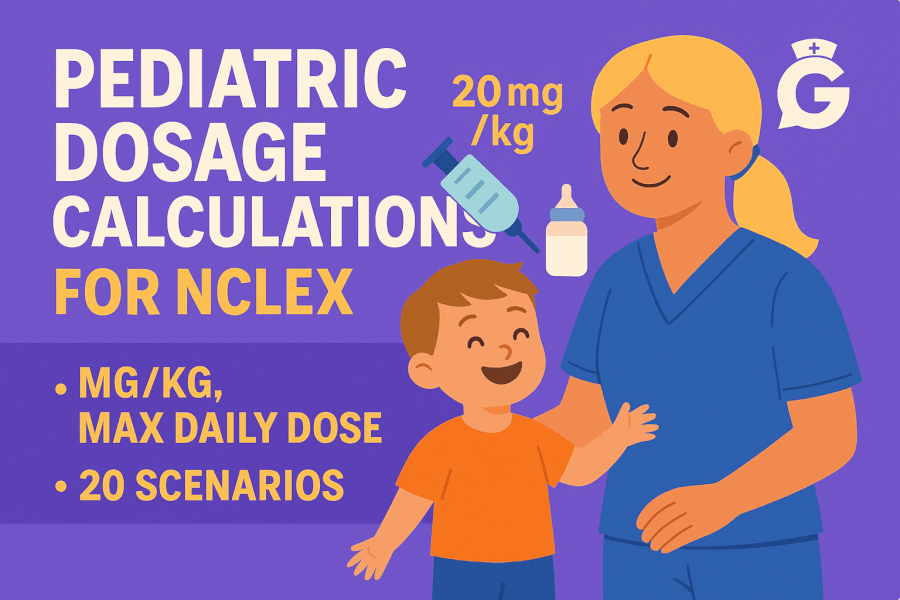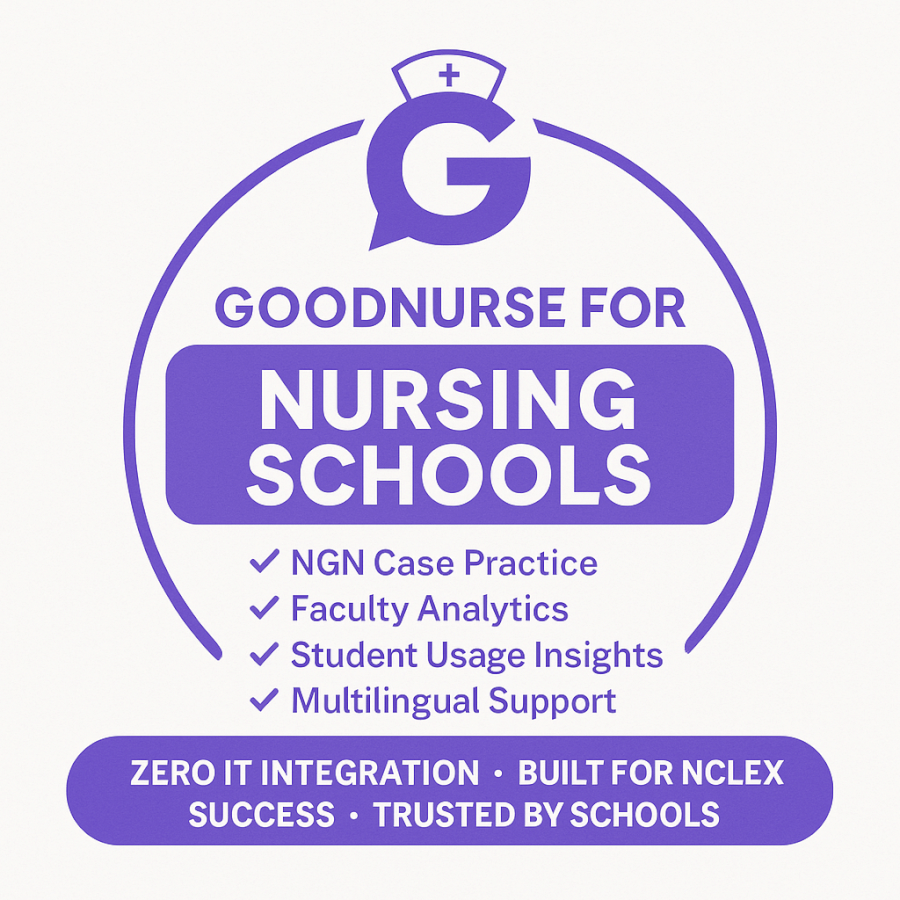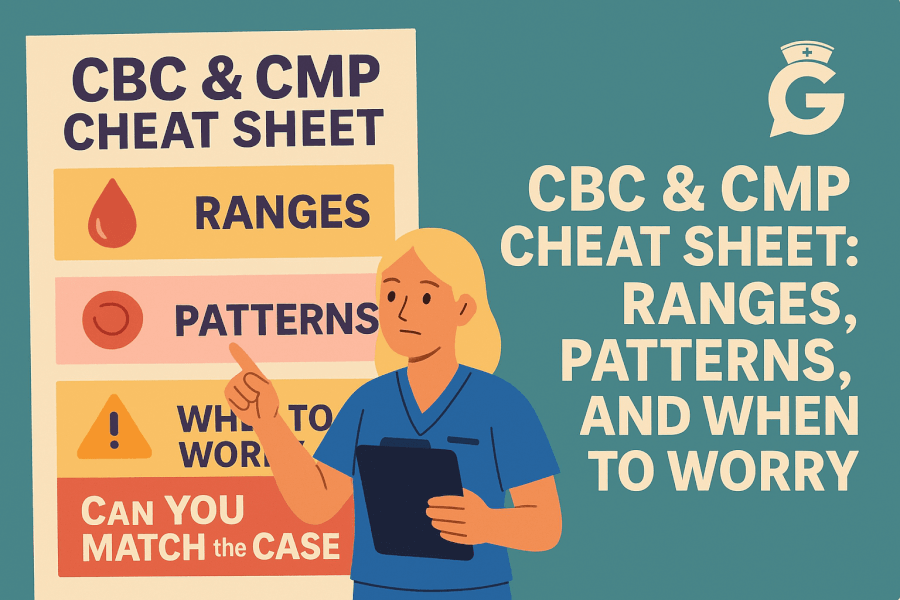If you’re eager to launch a nursing career without committing to four years of school, becoming a Licensed Practical Nurse (LPN) in 2025 could be your perfect fit. LPNs deliver vital hands-on care in diverse settings, from bustling hospitals to quiet home health visits, all while enjoying a fast-track education and solid job prospects. This in-depth guide walks you through every step—education, licensing, salary, and career growth—to help you become an LPN and thrive in the evolving healthcare landscape of 2025.
1. What Is an LPN?
A Licensed Practical Nurse (LPN)—sometimes called a Licensed Vocational Nurse (LVN) in states like California and Texas—is a healthcare professional who provides foundational nursing care under the supervision of Registered Nurses (RNs) and physicians. LPNs monitor vital signs, administer medications, change dressings, assist with personal hygiene, and document patient progress.
Common Work Settings: Long-term care facilities (40% of LPN jobs), hospitals, physician offices, rehabilitation centers, and home healthcare—a growing field in 2025 as aging populations seek in-home support.
Why Choose LPN? It’s a swift entry into nursing (12–18 months), offers a competitive salary ($55,000 average), and provides hands-on experience that’s a stepping stone to RN or specialty roles. In 2025, LPNs are key players in addressing staffing shortages.
2. Step 1: Meet the Basic Requirements
Before enrolling in an LPN program, ensure you meet these standard prerequisites (specifics vary by state and school):
- Education: High school diploma or GED. Some programs accept current students nearing graduation.
- Age: At least 18, though some states allow 17 with parental consent.
- Background Check & Drug Screening: A clean record is mandatory—felonies or drug-related offenses may disqualify you.
- Health Requirements: Up-to-date immunizations (e.g., MMR, flu) and a negative TB test. In 2025, COVID-19 boosters may be required.
Additional Hurdles: Many programs require entrance exams like the TEAS (Test of Essential Academic Skills) or HESI A2, testing math, reading, and science skills. Scores of 58–70% are typical cutoffs.
Pro Tip: Volunteer in healthcare (e.g., as a CNA) to boost your application and gain insight.
3. Step 2: Enroll in a State-Approved LPN Program
LPN programs are designed for speed and practicality, taking 12–18 months full-time. Find state-approved options at:
- Community Colleges: Affordable ($5,000–$10,000 total), widely available.
- Technical/Vocational Schools: Focused training ($8,000–$15,000), often with evening classes.
- Hospitals/Private Institutions: Some offer in-house programs, occasionally free with work commitments.
Cost Breakdown: Tuition ($5,000–$15,000), plus books, uniforms, and supplies ($500–$1,000). Financial aid, scholarships (e.g., Nurse Corps), and employer tuition deals can offset expenses.
Curriculum: 500–700 hours covering nursing fundamentals, pharmacology, anatomy & physiology, pediatrics, geriatrics, and mental health, plus 200–300 clinical hours in real healthcare settings.
2025 Update: Hybrid programs blend online coursework with in-person labs and clinicals. Virtual reality (VR) simulations are enhancing skills training, especially for rural students.
SEO Tip: Search “state-approved LPN programs near me” for local listings.
4. Step 3: Pass the NCLEX-PN Exam
The NCLEX-PN (National Council Licensure Examination for Practical Nurses) is your ticket to LPN licensure. This computerized adaptive test (85–150 questions) evaluates your ability to provide safe, effective care across:
- Health Promotion and Maintenance: Preventive care, patient education.
- Safety and Infection Control: Protocols, emergency response.
- Pharmacological Therapies: Medication administration, side effects.
- Physiological and Psychosocial Integrity: Basic care, emotional support.
Format: Questions adjust in difficulty based on your answers—expect 2–4 hours. Offered via Pearson VUE testing centers.
Cost: $200, plus state fees ($50–$150). Retakes allowed after 45 days if needed.
Pass Rate (2024): ~83% for first-time U.S.-educated candidates. In 2025, expect updated content on telehealth and chronic disease management.
Prep Tips: Use Kaplan, UWorld, or free NCSBN practice questions. Study 6–12 weeks, focusing on pharmacology and care plans.
5. Step 4: Apply for State Licensure
Passing the NCLEX-PN unlocks licensure through your state’s board of nursing. The process includes:
- Transcripts: Submit official records from your LPN program.
- Exam Verification: NCLEX results are sent directly to the board.
- Fees & Fingerprinting: $50–$200 total, with background checks mandatory in most states.
Processing: 4–8 weeks, though many states offer temporary licenses (valid 90 days) for immediate work. In 2025, digital licenses streamline renewals (every 1–2 years, 15–30 CEUs required).
Nurse Licensure Compact (NLC): Over 40 states participate, allowing multi-state practice with one license. Non-NLC states (e.g., California) need separate applications.
6. LPN Salary & Job Outlook in 2025
LPNs enjoy solid earnings and demand in 2025, driven by healthcare needs and staffing gaps:
- Average Salary: $55,000/year ($26–$30/hour). Overtime or per diem shifts can hit $65,000+.
- Top-Paying States: California ($68,000), Alaska ($66,000), Massachusetts ($63,000), Nevada ($62,000).
- Job Growth: 5% from 2022–2032 (BLS), adding 40,000+ jobs—faster than average.
High-Demand Areas: Home healthcare (aging-in-place trend), long-term care (80% of LPN jobs), and rural clinics where RNs are scarce. Telehealth support roles are also emerging.
7. Career Advancement After LPN
An LPN license opens doors to growth within nursing. Leverage your experience with these paths:
- LPN-to-RN Bridge Programs: Earn an ADN (1–2 years) or BSN (2–3 years) while working. Many are online with clinicals nearby.
- Specializations: Add certifications in geriatrics, wound care, IV therapy, or dialysis ($60,000+ potential).
- Supervisory Roles: In states like Texas, experienced LPNs can oversee CNAs or become charge nurses in long-term care.
Advantage: LPN clinical hours count toward RN programs, cutting time and cost.
Internal Link: Explore our How to Become an RN in 2025 guide for the next step.
8. Frequently Asked Questions
Can I become an LPN without any prior healthcare experience?
Yes! LPN programs are beginner-friendly, requiring only a high school diploma or GED.
What’s the difference between an LPN and an RN?
LPNs focus on basic care (e.g., meds, vitals) under supervision, while RNs have broader education and autonomy for complex tasks (e.g., care plans, diagnostics).
Are online LPN programs legitimate?
Yes, if state-approved. Hybrid models combine online theory with in-person clinicals—check accreditation with your nursing board.
Can I work while attending LPN school?
Absolutely. Part-time or evening programs fit working students. Some facilities hire LPN students as CNAs, offering pay and experience.







